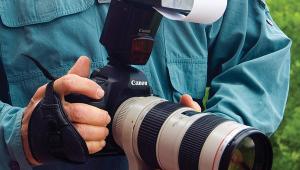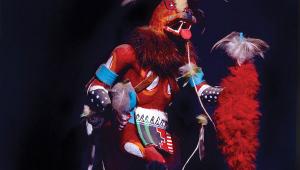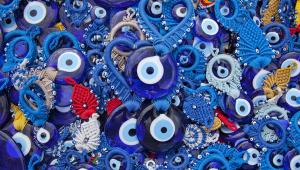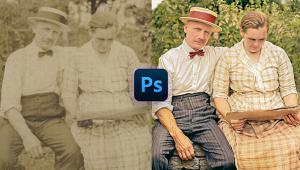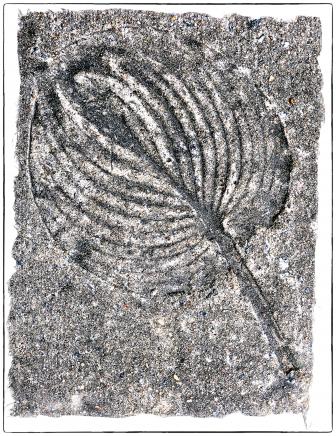Basic Color Manipulation


|
All Photos © 2008, George Schaub, All Rights Reserved |
White balance settings really deal with color cast, or the influence of the light source on the way that color reproduces in an image. When you select various white balance settings you are in essence counteracting the prevailing light source by adding in the color it might lack. For example, if you shoot on daylight white balance (WB) in a room lit by incandescent light you will get an amber cast, due to the deficiency of blue in the light source. In this set of image the blue cast comes from the fact that the image was made in fairly deep shade, a lighting condition that can often create a deep blue cast in the image. To fix that the more balanced image could be made with a "shade" or even "cloudy" WB setting, which adds yellow to the image. (Note that this is not done through any filtration but by a changing of the digital code of the image that adds "yellow" to the file.) This change can be made in the camera when you shoot by working with the White Balance settings or after in processing. The easiest way is to shoot in Raw file format and then change the WB setting in the Raw processing software such as Adobe Camera Raw, Capture One, Aperture, Adobe Lightroom or one of the camera maker's Raw converter programs.
Color Saturation and Tone |
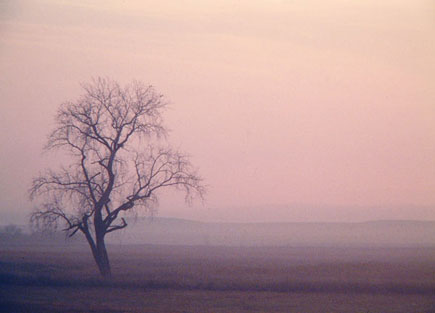 |
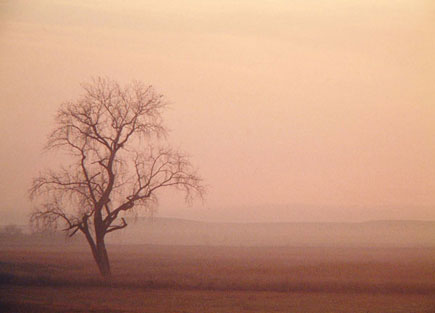 |
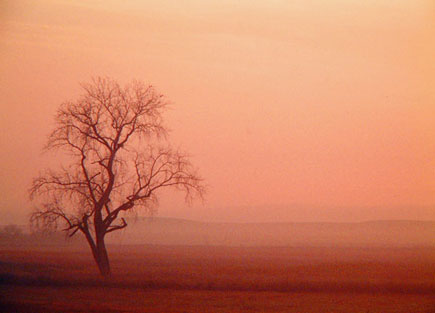 |
Color saturation describes the vividness of color, or how rich or contrasty it is relative to other colors of the same hue. Think of a freshly painted wall as saturated and the same wall having sat in direct sunlight for a year as lower in saturation. In this sequence of images two things have been changed. First the color hue has been changed slightly from magenta to a more reddish hue, and then the saturation has been increased. This can be done in two ways, in the camera using its Menu and image characteristic changes or in software. In software you can use controls for color balance and then color saturation. Even the most basic programs offer these features.
Color Replacement |
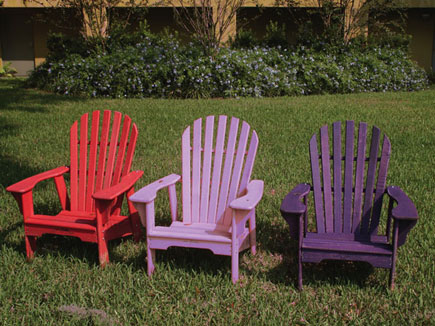 |
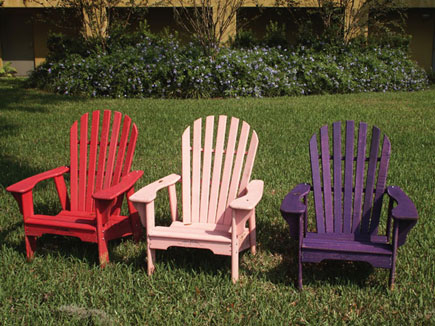 |
 |
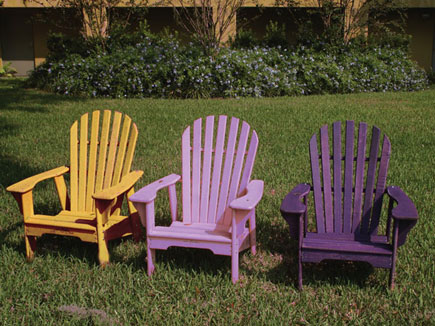 |
What's the original color on these chairs? It's hard to know, as color replacement tools have been used to swap out and mix and match the color on each one. This image to me points out the total relativity of image characteristics in the digital realm, as such a primal element as color is so easily changed and moved around. That's because the information that makes up an image is code, and when you change the code you change the visual aspects of the image. This works so easily because the computation power of the computer allows the image-editing program to create sets or groups of characteristics and define them narrowly or broadly. Those sets are the codes and the degree of variations used to make a set selection. So if we choose, say "purple" (magenta) we can exclude red and blue primaries, or we can expand magenta to include some red and blue primaries, all by how we create the parameters of selection.
In the program used to swap colors here, Photoshop 7 (an "ancient" program, but hardly primitive) all that's done is to use the Replace Color tool. You click on the color, define its range, then select from the millions of other colors and shades and click again to replace the "original" color. But then again, just what was that original color anyway?

